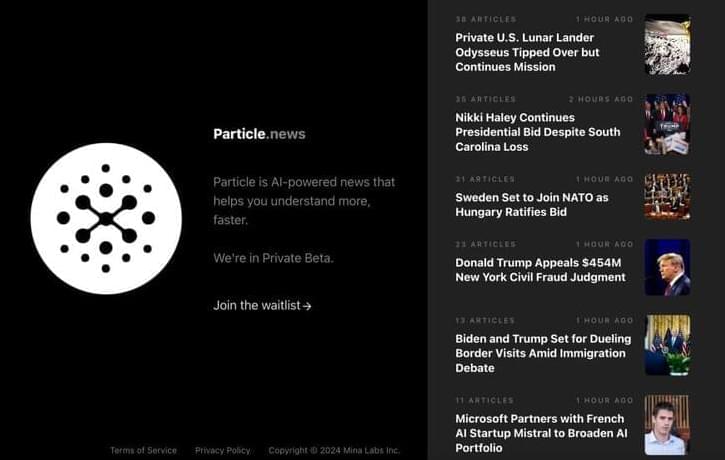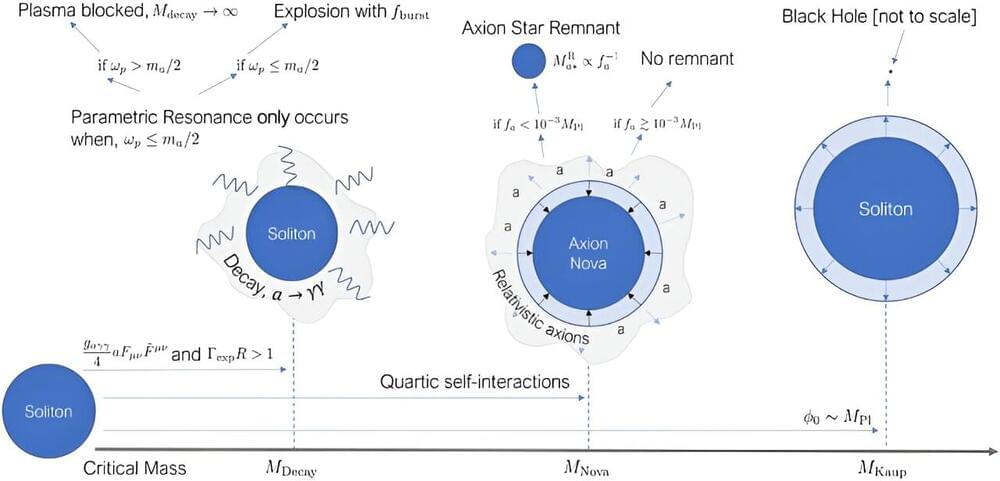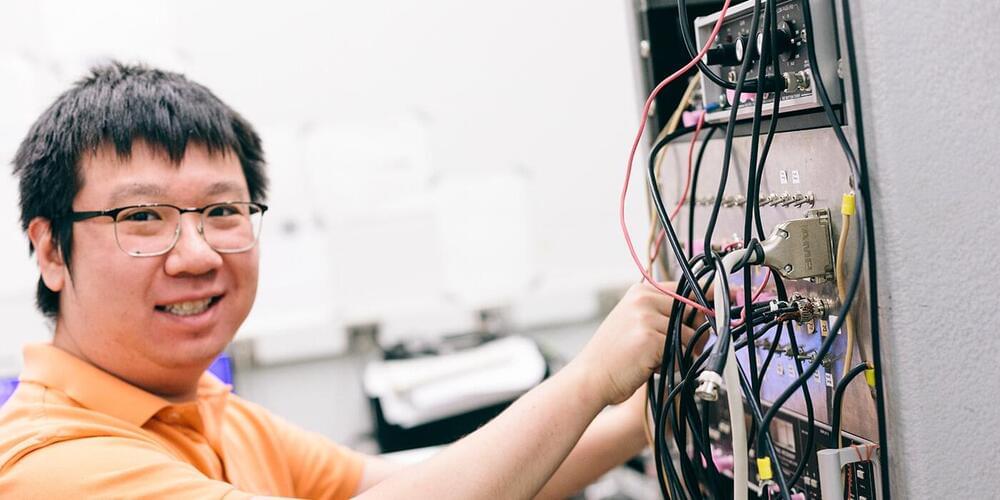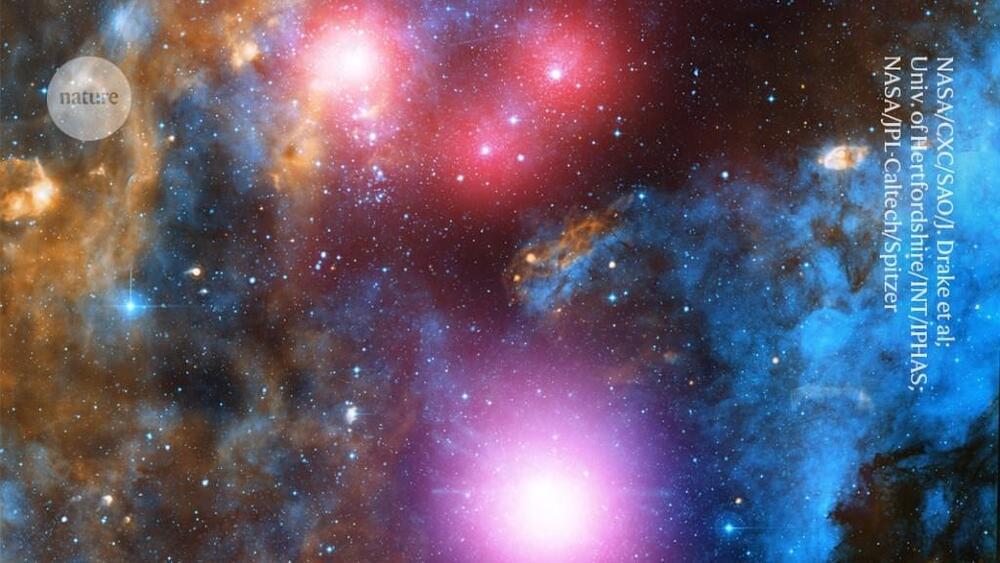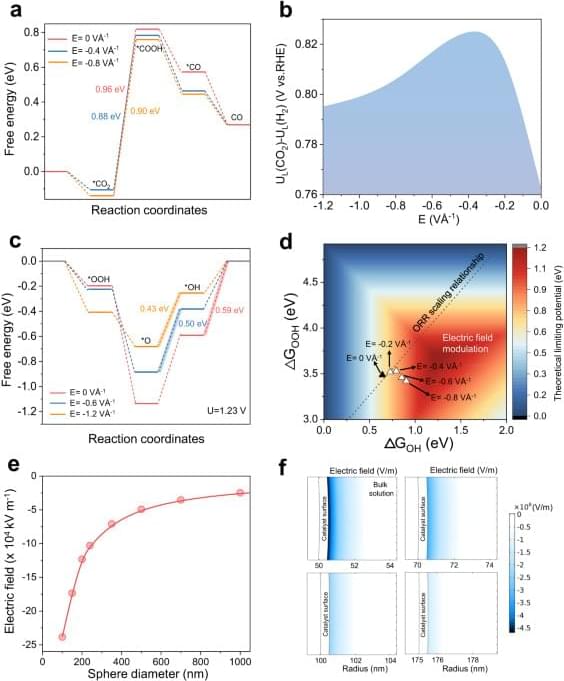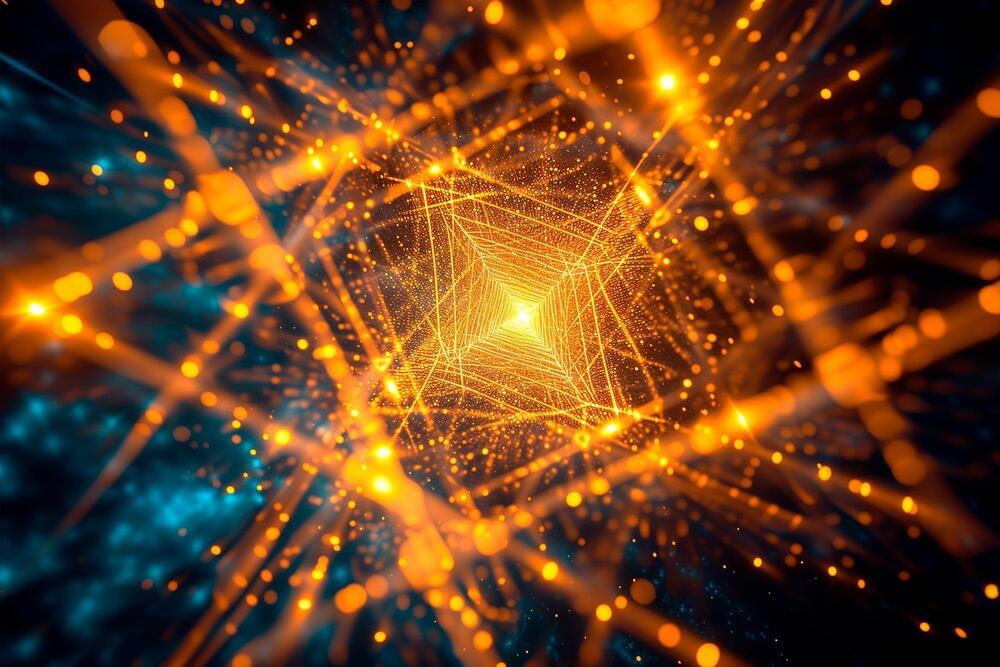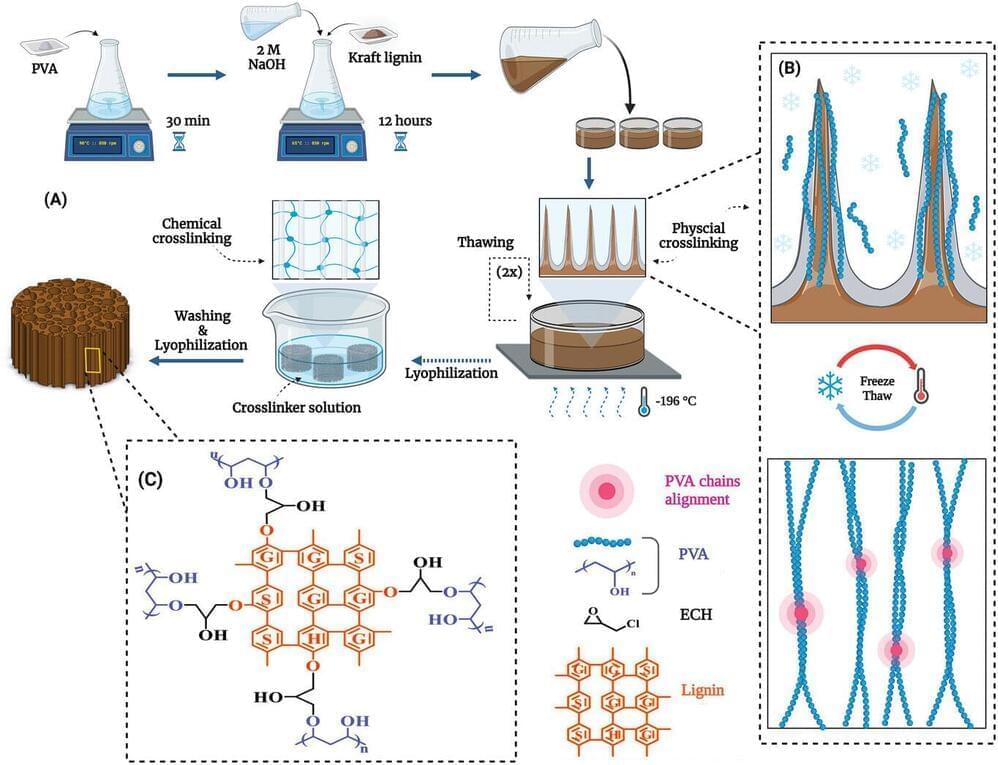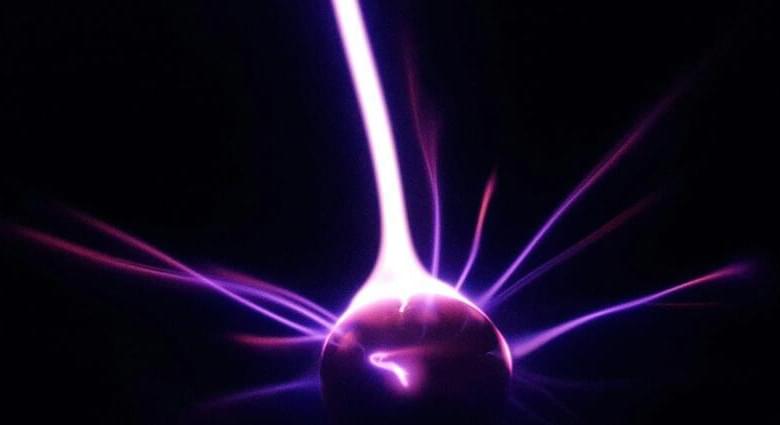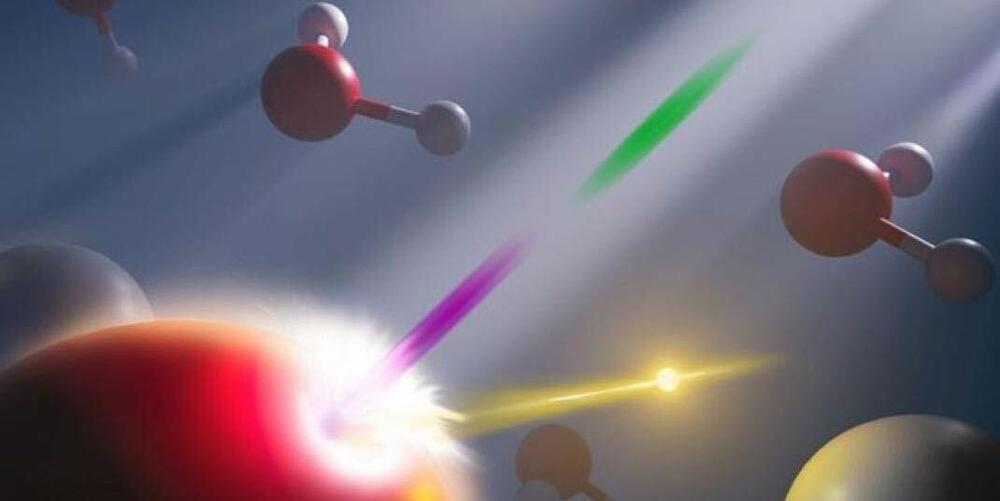A team led by former Twitter engineers is rethinking how AI can be used to help people process news and information. Particle.news, which entered into private beta over the weekend, is a new startup offering a personalized, “multi-perspective” news reading experience that not only leverages AI to summarize the news, but also aims to do so in a way that fairly compensates authors and publishers — or so is the claim.
While Particle hasn’t yet shared its business model, it arrives at a time when there’s a growing concern about the impact of AI on a rapidly shrinking news ecosystem. News that is summarized by AI could limit clicks to publishers’ websites, which means their ability to monetize via advertising would also be reduced.
The startup was founded last year by former Senior Director of Product Management at Twitter, Sara Beykpour, who worked on products like Twitter Blue, Twitter Video, and conversations, and who spearheaded the experimental app, twttr. She had been at Twitter from 2015 through 2021, growing her position from software engineering to that of a senior director of product management. Her co-founder is a former senior engineer at both Twitter and Tesla, Marcel Molina.
